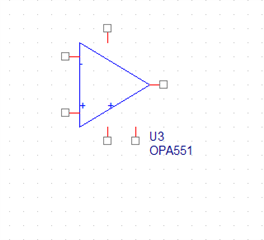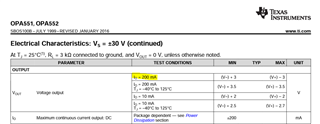Other Parts Discussed in Thread: OPA192, , OPA551, OPA547, OPA593
Dear members:
For a measuring circuit I need an operational with output current of 100mA and differencial supply voltage of 15V. I want to make a Howland current pump at the first stage and then another stage for measuring. First I made the circuit with OPA192 as you can see below:
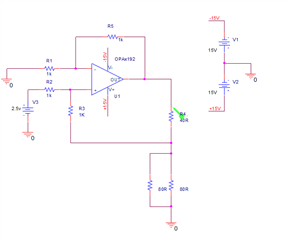
I need to have 75mA on the load resister here (40R). I made a DC sweep simulation and you can see that it works perfectly.
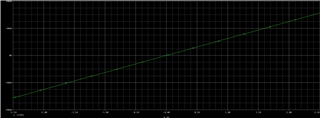
the problem is that, OPA192 MAC output current is 65mA and it doesn't work for a current value above it. I was searching for another chip and I found OPA1656. Looking at the datasheet it should be working for my purpose. I downloaded the pspice model but it doesn't work as I expected. keeping the circuit as it was and change the operational to OPA1656 this is the simulation result:
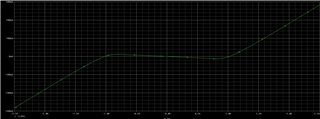
Any suggestion would be greatly appreciated.
Farzaneh


